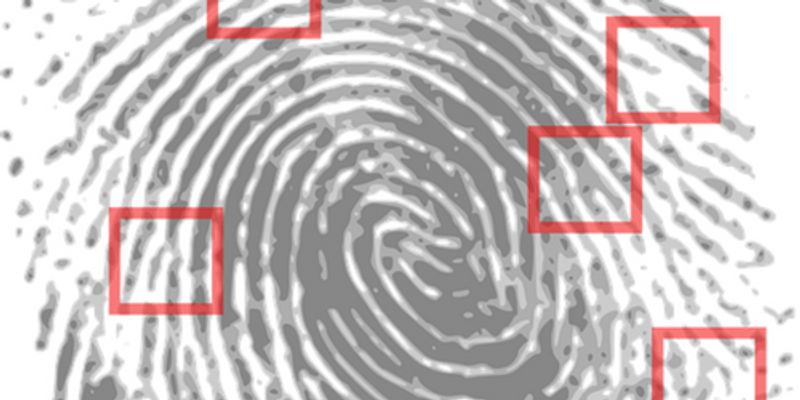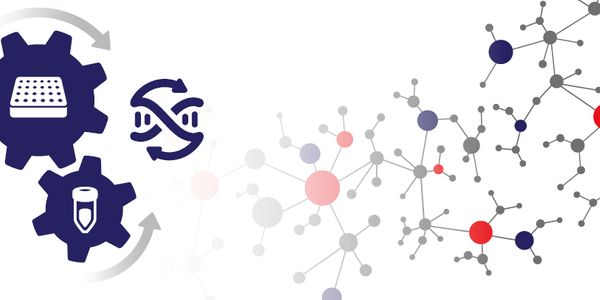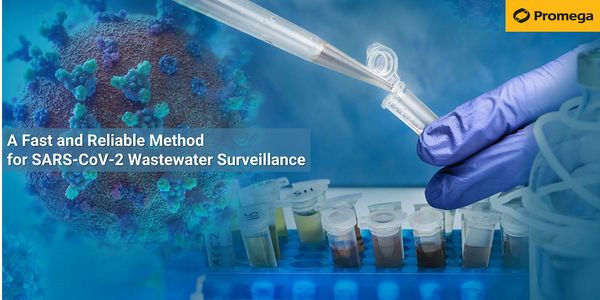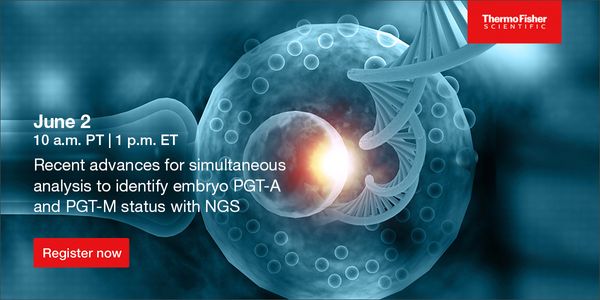Human and Forensic Genetics
Forensic genetics is concerned with human DNA analysis that does/does not support the assumption that biological material from a crime scene does/does not come from a specific person.
-
DEC 07, 2023 | 8:00 AMAs the vast landscape of genetic oncology continues to expand, the ability to understand and utilize the full potential of this rich data becomes increasingly challenging. As a result, resea...JUL 11, 2023 | 8:00 AMOur understanding of cancer mechanisms, genetics and complexities continues to expand rapidly. Without a streamlined, standardized and easy to understand organizational system to keep track...Have you ever tried to access the genomic profiles of cell lines before using them in your preclinical experiments just to come up empty-handed? Maybe you’ve scoured public databases f...Speaker: Telmo Henriques, PhD , Jonathan Jacobs, PhD
AUG 17, 2022 | 10:00 AM
DATE: August 17, 2022 TIME: 10:00am PDT, 1:00pm EDT Detection and/or amplification of target DNA sequences by polymerase chain reaction (PCR) is a prevalent method in molecular biology. PCR...
FEB 24, 2022 | 8:00 AM
Date: February 24, 2022 Time: 08:00am (PST), 11:00am (EST) Fume hoods are often the largest consumers of energy in a lab space and are consequent...
NOV 30, 2021 | 7:00 AM
Date: November 30, 2021 Time: 7:00am (PDT), 10:00am (EDT) Wastewater Surveillance programs for SARS-CoV-2 are being implemented by health authorities globally. Many laboratories are currentl...
JUN 02, 2021 | 10:00 AM
Date: June 2, 2021 Time: 10:00am PDT Preimplantation genetic testing (PGT) is typically performed on a limited number of cells from an embryo biopsy and is used to prioritize embryos for tra...
Short tandem repeats (STRs) are gold-standard genetic loci used for source attribution of evidentiary material in legal matters. Their power lies in their high heterozygosity and large allel...
Detection and/or amplification of target DNA sequences by polymerase chain reaction (PCR) is a prevalent method in molecular biology. PCR has a broad range of applications, including use in...
Speaker:
Kyle Hondorp
, Marija Navickaitė
OCT 22, 2020 | 8:00 AM
Abstract: Detection and/or amplification of target DNA sequences by polymerase chain reaction (PCR) is a prevalent method in molecular biology. PCR has a broad range of applications, includi...
In this webinar, we will present QIAGEN CLC Genomics Workbench and its utility for bacterial isolate identification, strain discrimination using core genome multi-locus typing (cgMLST) and d...
Speaker:
Jonathan Jacobs, PhD
The forensic investigation of crime involves answering four basic questions: who, what, where, and when. Tools exist to answer questions of who, what and where, but the question when is ofte...
Crime scene investigation is more than just processing or documentation of crime scenes, nor is it just the collection or packaging of physical evidence. It is the first step and the most cr...
The toxicology of particulate matter is complicated by characteristics not normally encountered when addressing poisonings associated with chemical substances. Particle shape, surface reacti...
The necrobiome is the community of organisms that use or are affected by decomposing organic matter. Decomposing organic matter comes in the form of dead plant matter (biomass) or that of de...






















